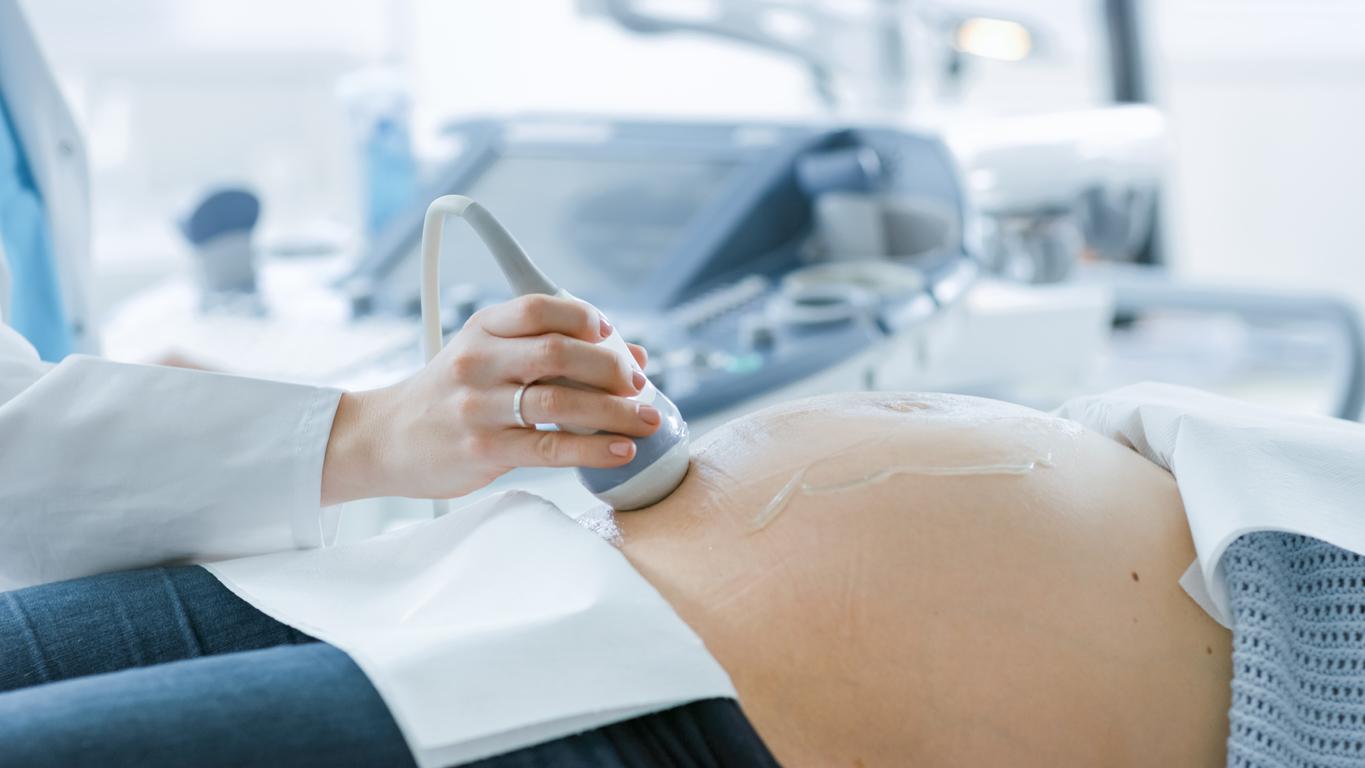When he is in direct contact with his father’s skin, the newborn sees his heart rate as well as his ability to wake up increase and stabilize.
-1609946142.jpg)
- Skin-to-skin contact between the father and the infant born by caesarean helps the child.
- Some of the physiological parameters of the child such as the heart rate or the ability to wake up are stimulated by this carnal contact.
Caesarean section is not the best way for a child to come into the world. By not arriving vaginally, he is “cut” in his process and in particular, does not receive all the nutrients necessary to complete his immune system. More than that, he does not have the possibility of directly receiving comfort from his mother, because the separation of the infant and his mother after a cesarean section remains a common practice.
A beneficial carnal contact for the health of the infant
In a study carried out by researchers from the Karolinska Institute (Sweden) and published in the journal Acta Pædiatria, researchers examined three models of care on the arousal state and physiological parameters of full-term infants after cesarean section. In particular, they realized that skin-to-skin contact with the father after a caesarean section could induce physiological stability in the newborn.
For this study, the researchers analyzed the results from 95 Chilean children born by caesarean section between 2009 and 2012 who were divided into three groups. In the first, the newborns were placed in a bed after birth, in the second group, the children were placed in the arms of their fathers while the infants in the third group were able to benefit from skin-to-skin contact. skin with their father. They were assessed at 15-minute intervals, from 45 to 120 minutes after cesarean section. The infants’ physiological parameters were scrutinized, as well as their level of arousal.
Better performance
According to the results of the study, the heart rate in infants was significantly higher during skin-to-skin contact than during contact in the arms or with the bed mattress. Similarly, children were more emotionally stable over time. Arousal was initially higher in the skin-to-skin group, but results became balanced over time.
Ultimately, skin-to-skin showed some advantages over other groups when it came to establishing stable physiological parameters and arousal state in newborns. According to the researchers, “the heart rate of healthy newborns can range from 120 to 160 bpm, and the average heart rate was within this range in all three groups in this studye. […] This study showed the relationship between neonatal behavioral states and changes in heart rate when the newborn was in an active state with a higher heart rate..”
















